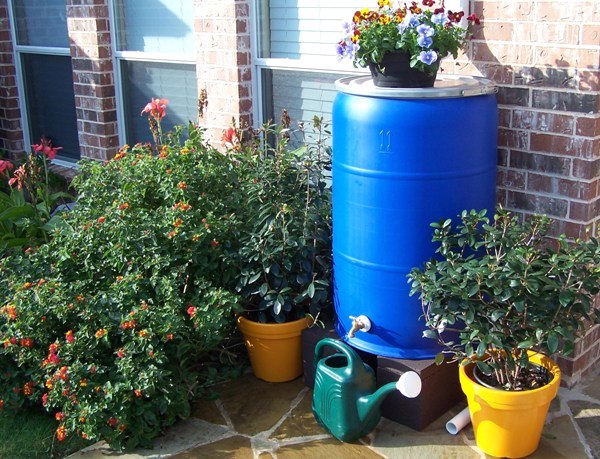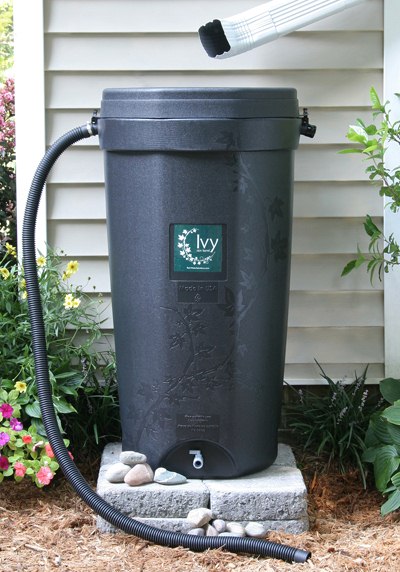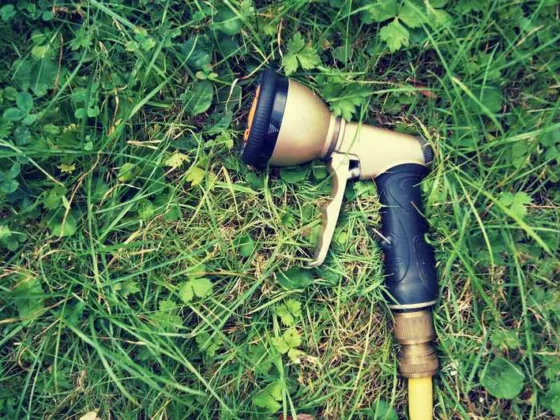Rainwater Harvesting — By harvesting rainwater, you can collect and store water for later use. With rain barrels with capacities of 300 gallons, you can save on your water bill.

You are spending too much money on water bills and you want to save as much money as possible. Rainwater tanks are a smart way to save on your water bills, but they are expensive and hard to install. Buy a tank from Tank Shop, where we offer high quality tanks for affordable prices! Rainwater Harvesting: How to Conserve and Use Rainwater
There is a great deal of emphasis placed on conserving water these days and there is a very easy and efficient method to help you do just that. By capturing rainwater which falls on the roof of your home or other structure you can save this water for later use. (This is also known as rainwater harvesting.)
A large variety of rain barrels and collection systems are available. The size and type of barrel or container you want are limited only by how much you want to spend. The average rain barrel will hold approximately 50 to 55 gallons of water.
How Much Water Runs Off Your Roof
The key to conserving the rainwater is to capture it as it runs off your roof. Generally, this is a very simple task of installing a diverter on one of the gutter downspouts. This diverter routes the water to a rain barrel for later use in watering your garden. Even a modest-sized rain barrel will be filled to capacity with only moderate rainfall.
According to Rain barrel guide, for every one inch of rainfall, 600 gallons will land on every 1,000 square feet. If your home has a 2,000 square foot roof area, and you capture all runoff water, you would collect 1,200 gallons during a one-inch rainfall. This is in a perfect situation. In most cases, some water is lost due to evaporation, missing the gutter, wind, or other effects. As a general rule, you should expect to collect seventy to ninety percent of the total rainfall.
With a one half inch rainfall on a rooftop of 2,000 square feet, you should expect to collect 420 to 540 gallons of water. (300 gallons per 1,000 square feet, at 70%- 90% collection rate) This rainfall would fill ten average size rain barrels, far more than the average homeowner will install.

How to Use Collected Rainwater
While the rainwater you collect should not be considered potable (safe to drink) it can certainly be used to water shrubs, flowerbeds, or gardens. If your rain barrel is above ground, the water will flow out under the force of gravity. This will not allow you to use a standard sprinkler, but you can use soaker hoses or a standard garden hose.
For a more automated system, you can install a timer on the outlet of the rain barrel set to deliver water for a set period of time each day. These timers are battery operated and very simple to set and use. It will also help ensure your plants/garden are watered on a regular basis, at least until your water supply is depleted.
Must Read:
Types of Rain Barrels
There are dozens of different rain barrels. Some are very plain while others are decorative and very attractive. Most range in size from 40 to 70 gallons, but some have a capacity of as much as 300 gallons. Of course, the larger the barrel/tank size the more room it will occupy. For the smaller rain barrels, you may only need to divert a single downspout. And for a much larger tank, you may need to divert multiple downspouts in order to be certain to fill the container.
For a much larger collection system, you can have a septic tank installed and direct all harvested rainwater into the tank which can be up to a 2,000-gallon capacity. This will be more expensive and will require a pump to remove the water, but it does allow for a very large collection capacity, and the entire system is concealed. Base your collection and storage system on your needs, as well as the rainfall tendencies in your area.
External Links
- Rain Barrel Guide – www.rainbarrelguide.com – How Much Water Can You Collect In Rain Barrels During A Rainfall
- Clemson.edu: Rainwater Harvesting Systems Guidance for Schoolyard Applications










